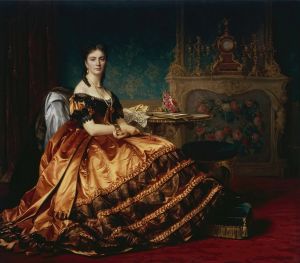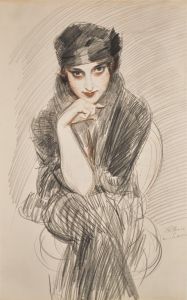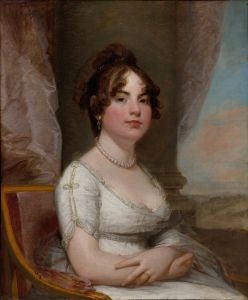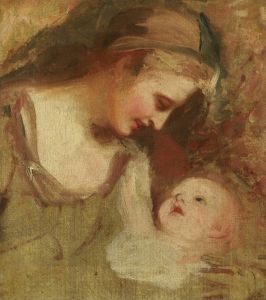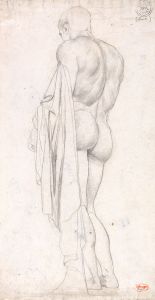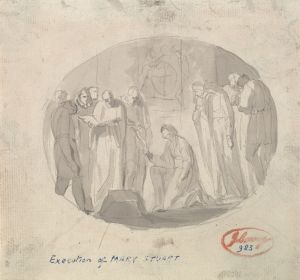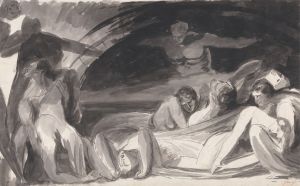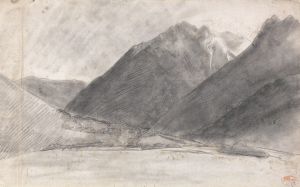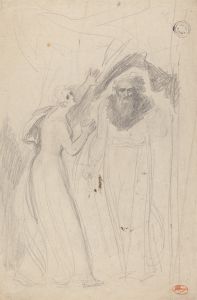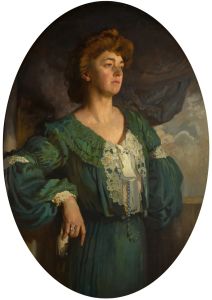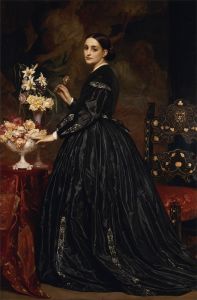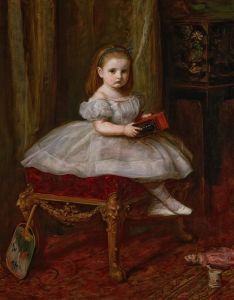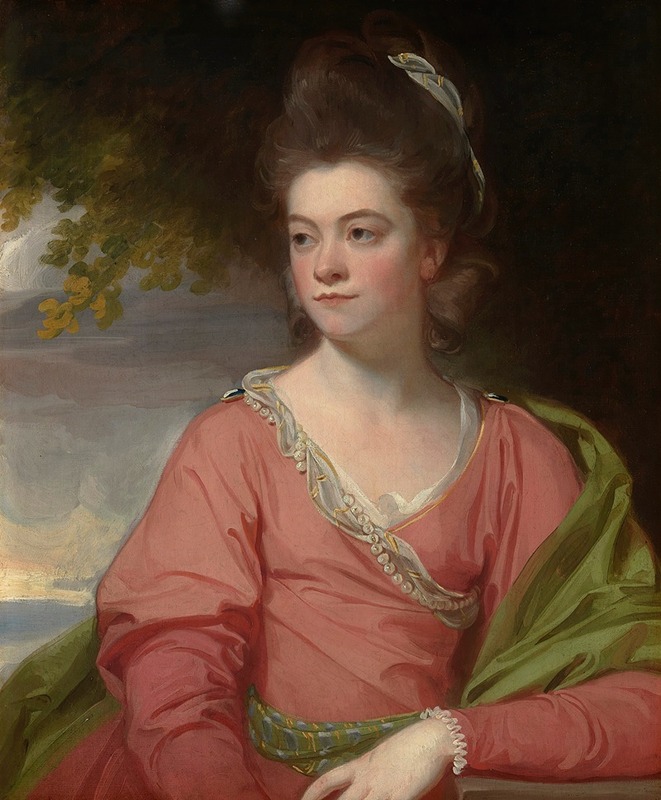
Portrait of a lady, traditionally identified as Miss Inchbold
A hand-painted replica of George Romney’s masterpiece Portrait of a lady, traditionally identified as Miss Inchbold, meticulously crafted by professional artists to capture the true essence of the original. Each piece is created with museum-quality canvas and rare mineral pigments, carefully painted by experienced artists with delicate brushstrokes and rich, layered colors to perfectly recreate the texture of the original artwork. Unlike machine-printed reproductions, this hand-painted version brings the painting to life, infused with the artist’s emotions and skill in every stroke. Whether for personal collection or home decoration, it instantly elevates the artistic atmosphere of any space.
George Romney was a prominent English portrait painter in the late 18th century, known for his vivid and elegant portrayals of society figures. Among his numerous works, "Portrait of a Lady, Traditionally Identified as Miss Inchbold" stands out as an example of his skill in capturing the grace and poise of his subjects. The painting is traditionally believed to depict a woman named Miss Inchbold, although specific details about her identity remain elusive.
Romney's career flourished during a period when portraiture was highly sought after by the English upper classes. He was a contemporary of other renowned portraitists such as Sir Joshua Reynolds and Thomas Gainsborough. Romney's style is characterized by a delicate use of color, a keen eye for detail, and an ability to convey the personality and status of his sitters. His portraits often feature a soft, diffused light that enhances the natural beauty of his subjects.
The "Portrait of a Lady, Traditionally Identified as Miss Inchbold" is a testament to Romney's artistic prowess. The painting showcases a woman dressed in the fashion of the late 18th century, with attention to the intricate details of her attire and the subtle expression on her face. Romney's use of light and shadow adds depth to the portrait, creating a sense of realism and immediacy.
While the exact identity of Miss Inchbold is not definitively known, the painting reflects the societal norms and expectations of women during the period. Portraits of women in the 18th century often emphasized grace, beauty, and refinement, qualities that are evident in this work. The subject's attire and demeanor suggest she was likely a woman of some social standing, as was typical of Romney's clientele.
Romney's portraits were highly regarded during his lifetime, and he enjoyed the patronage of many influential figures. His ability to capture the essence of his subjects made him a favorite among the aristocracy and the emerging middle class. Despite his success, Romney was known to be somewhat reclusive, preferring the solitude of his studio to the social circles of his patrons.
The painting is part of the broader body of work that solidifies Romney's reputation as one of the leading portraitists of his time. His contributions to the art of portraiture are significant, as he helped to define the aesthetic standards of the period. Romney's work continues to be studied and appreciated for its artistic merit and historical significance.
Today, "Portrait of a Lady, Traditionally Identified as Miss Inchbold" is appreciated not only for its artistic qualities but also as a window into the cultural and social dynamics of 18th-century England. The painting remains an important piece within the context of Romney's oeuvre and the broader history of English portraiture.





